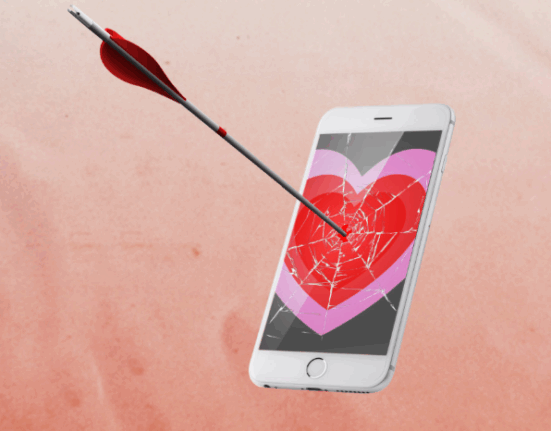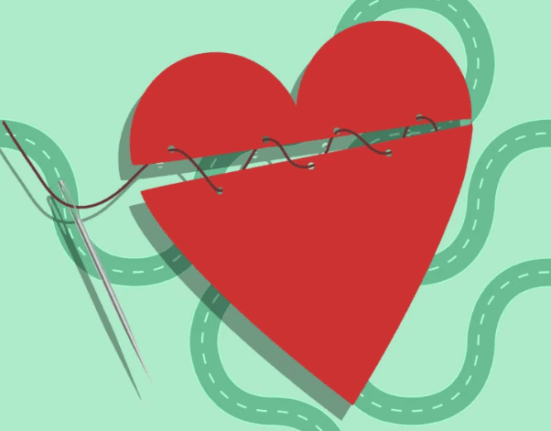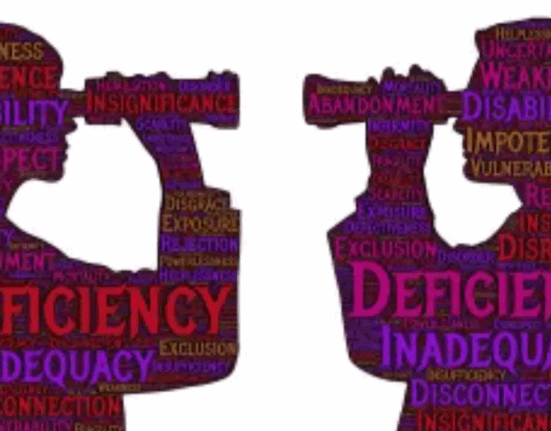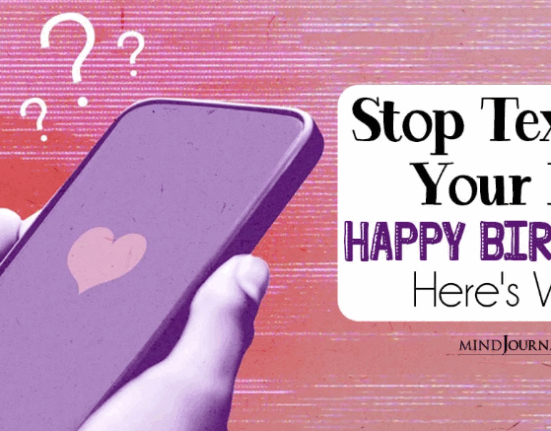Last Updated on July 21, 2025 by Rachel Hall
- The 4 Stages of Modern Dating: How to Move Forward in Accord with Research
- Stage One: The Flirtationship – The Pre-Relationship Tease
- Stage Two: Relationship Potential – The Make-Or-Break Phase
- Stage Three: The Official Relationship – Define or Drift
- Stage Four: Commitment or Bust – The Fourth and Final Decision
- Why So Many Relationships Fail Between Stage Two and Three
- What the Research Says: Dating Across Time and Culture
- Conclusion: The Process of Modern Love Takes Tim
The 4 Stages of Modern Dating: How to Move Forward in Accord with Research
Dating in the modern age is unlike anything we’ve seen before. While the basic emotional needs remain the same — love, safety, trust — the process of getting there has evolved into a complex social labyrinth. Apps, social media, shifting expectations, and emotional burnout all play their part. Yet, despite this cultural chaos, the path from initial attraction to long-term commitment follows a remarkably consistent pattern.
According to research led by Professor Brian Ogolsky and published in the journal Personal Relationships, romantic connections tend to follow four stages, regardless of era or environment. Their study, which compared over 250 college students in 2012 and 2022, revealed that while how we meet, talk, and exchange feelings has changed, the core phases of a romantic relationship remain mostly the same.
This article will unpack those 4 stages, expand on the subtle transitions between them, and provide real insights into why most people fail to progress beyond the second stage. Whether you’re single, in a flirtationship, or navigating a potential marriage, these insights will guide you in building deeper, healthier connections.
Stage One: The Flirtationship – The Pre-Relationship Tease
In today’s digital world, a flirtationship is often the start of a would-be relationship. It is a mutual emotional connection layered with humour, chemistry, and playful interaction, but without the responsibility or official expectations of dating.
You might exchange messages daily, call each other nicknames, even discuss meeting up, but never quite get around to it. Whether via app, text or Instagram DMs, this is the phase where signals are mixed, interest is present, but commitment is nowhere in sight.
While some partners enjoy this feeling of low-stakes connection, it’s important to recognise its limitations. You may crave something deeper, yet remain stuck here due to:
- Ambiguity about intentions
- Fear of rejection or vulnerability
- Paralysis from endless options on dating apps
- The illusion of intimacy without actual investment
Flirtationships are fun — until they’re not. If left undefined, they can cause emotional confusion, especially when one person begins to develop real feelings.
Stage Two: Relationship Potential – The Make-Or-Break Phase
This second stage is where things get serious — or don’t. Known as the relationship potential phase, this is the space where emotional investment starts to surface. You begin to date consistently, introduce each other to a friend or two, and assess whether there’s actual compatibility.
Here’s what typically happens:
- You meet in person more frequently
- You start to discuss values, priorities, and plans
- You might stop using dating apps (without making that official)
This is where many relationships bust before they even begin. Why? Because people confuse interest with actual alignment. There’s a craving for emotional safety, but few are taught how to build it. Miscommunication and assumption take over. What was once promising can quickly fall apart due to hesitation or emotional immaturity.
It’s vital to ask clarifying questions and define emotional needs during this stage. Are you both looking for a long-term relationship? Do your ideas of intimacy and exclusivity align? If the answers are unclear, the relationship has little chance of surviving the next step.
Stage Three: The Official Relationship – Define or Drift
Once you’ve moved beyond “maybe,” it’s time to go official. In this phase, you’ve likely deleted the apps, introduced each other to your family, and perhaps said “I love you.” However, this is not the finish line — it’s merely the progression into a real romantic relationship.
The official stage comes with unspoken but significant emotional contracts:
- Emotional availability
- Loyalty and mutual support
- Growing together rather than apart
Unfortunately, not everyone is equipped to handle the shift from emotional highs to real-world responsibilities. Communication, not chemistry, becomes the centrepiece of success. Can you navigate disagreements with accord? Can you talk about hard topics without retreating?
This stage tests the relationship’s emotional infrastructure. You must address uncertainty, create safety, and lay the foundation for long-term decisions, including the possibility of marriage or living together.
Stage Four: Commitment or Bust – The Fourth and Final Decision
This is the fourth and final stage. Here, the masks are off. You know your partner’s flaws, past traumas, and dreams. The question is no longer “do we like each other?” but “can we do life together?”
It’s a crossroads: deepen the commitment, or break it off with grace.
This stage isn’t about achieving perfection; it’s about emotional truth. Do your lifestyles complement one another? Can you handle conflict with maturity? Is your connection built to last, or did it plateau during the honeymoon phase?
This is where progress becomes purpose. Some couples will choose to marry, others will forge non-traditional forms of long-term partnership. Some will acknowledge incompatibility and walk away — better for having tried.
To move forward, you need:
- Shared goals and mutual vision
- Emotional maturity
- A willingness to pursue the relationship when it’s inconvenient
Why So Many Relationships Fail Between Stage Two and Three
The leap from relationship potential to official status is where most modern connections unravel. The reasons are many:
- Misaligned expectations
- Emotional unavailability
- Fear of vulnerability or being “too much”
- Poor communication
People want the experience of closeness without the risk it demands. They crave intimacy, but struggle to build it. They want certainty but resist commitment. This leads to what psychologists call the “emotional avoidance trap.”
To avoid this fate, one must be emotionally present, consistent, and clear. Learning how to communicate without defensiveness or withdrawal is key. So is the willingness to acknowledge and manage your emotional triggers.
What the Research Says: Dating Across Time and Culture
In their comprehensive study, Professor Brian Ogolsky and his team compared college students from 2012 and 2022 to assess how dating has changed. They asked each participant to describe the “typical order of a romantic relationship.”
The outcome? While dating apps and social trends have modernised the tools we use to meet and interact, the pattern remains intact:
- Flirtationship
- Relationship potential
- Official relationship
- Commitment or bust
This study reaffirms that human connection still relies on emotional safety, mutual values, and meaningful progression. No app can replace the emotional work required to build something lasting.
Conclusion: The Process of Modern Love Takes Tim
The journey from flirtationship to lifelong commitment isn’t a race — it’s a process of emotional honesty, compatibility, and shared effort. These four stages serve as emotional checkpoints that reflect both personal readiness and relational health.
Whether you’re on your fifth date, navigating a “what are we?” talk, or weighing whether to send that vulnerable message, take a moment to ask yourself: Which stage am I in, and what do I want next?
Modern dating may be different, but ultimately, the feeling of being understood, chosen, and loved remains timeless.

Rachel Hall, M.A., completed her education in English at the University of Pennsylvania and received her master’s degree in family therapy from Northern Washington University. She has been actively involved in the treatment of anxiety disorders, depression, OCD, and coping with life changes and traumatic events for both families and individual clients for over a decade. Her areas of expertise include narrative therapy, cognitive behavioral therapy, and therapy for traumatic cases. In addition, Rachel conducts workshops focusing on the psychology of positive thinking and coping skills for both parents and teens. She has also authored numerous articles on the topics of mental health, stress, family dynamics and parenting.














Leave feedback about this